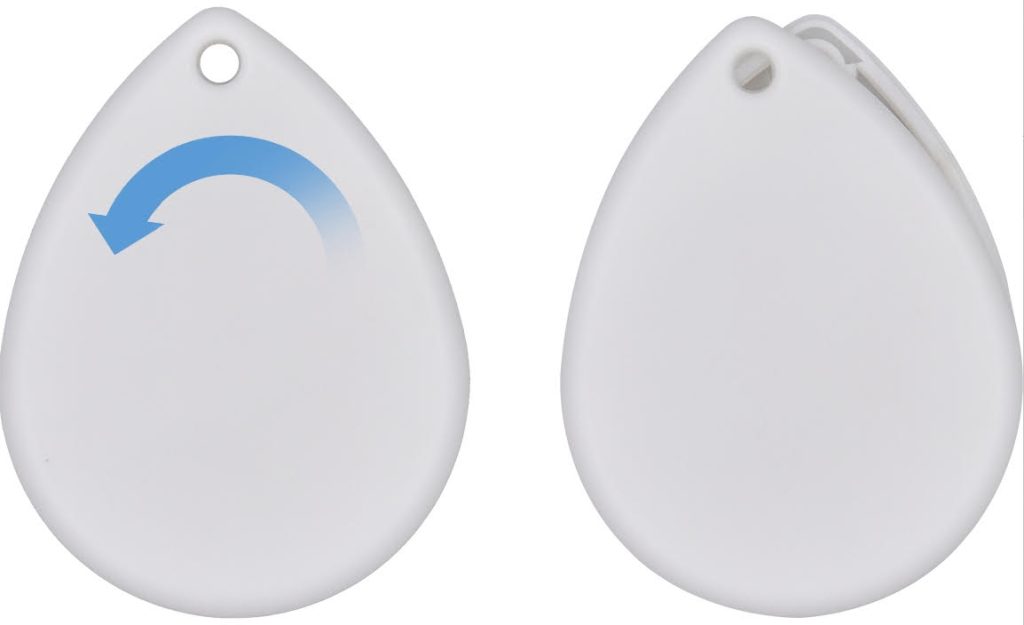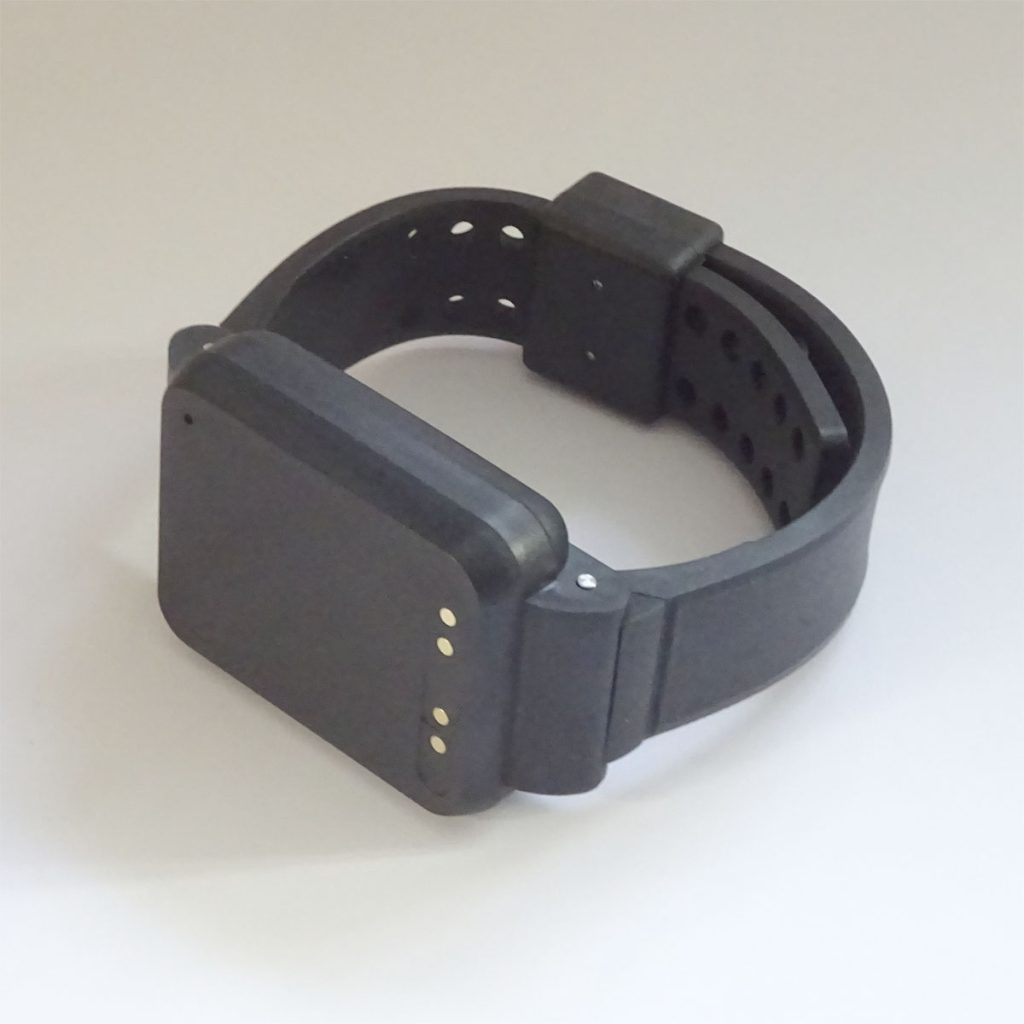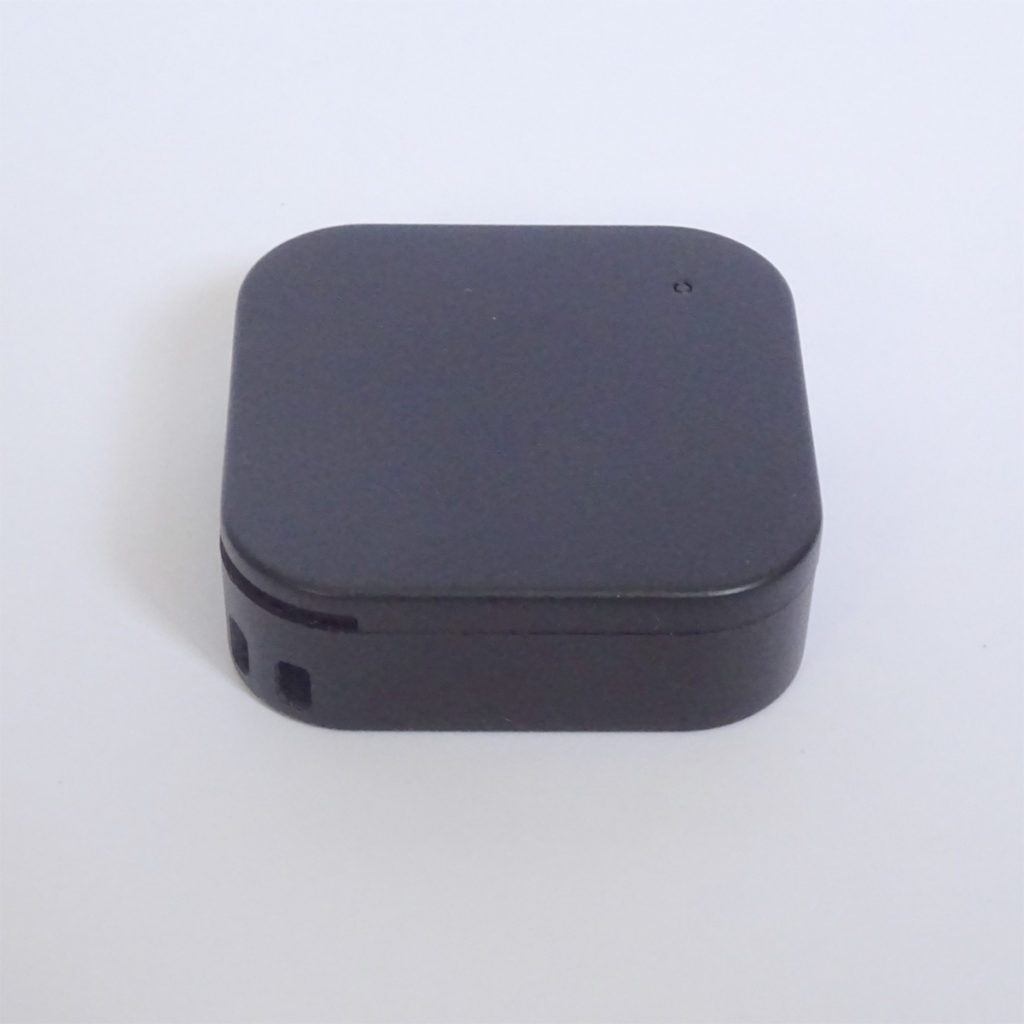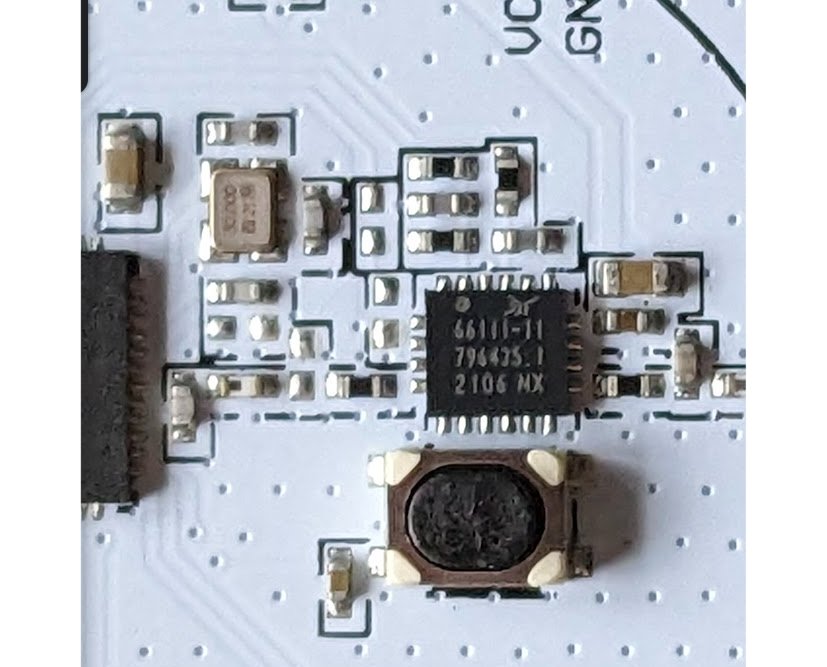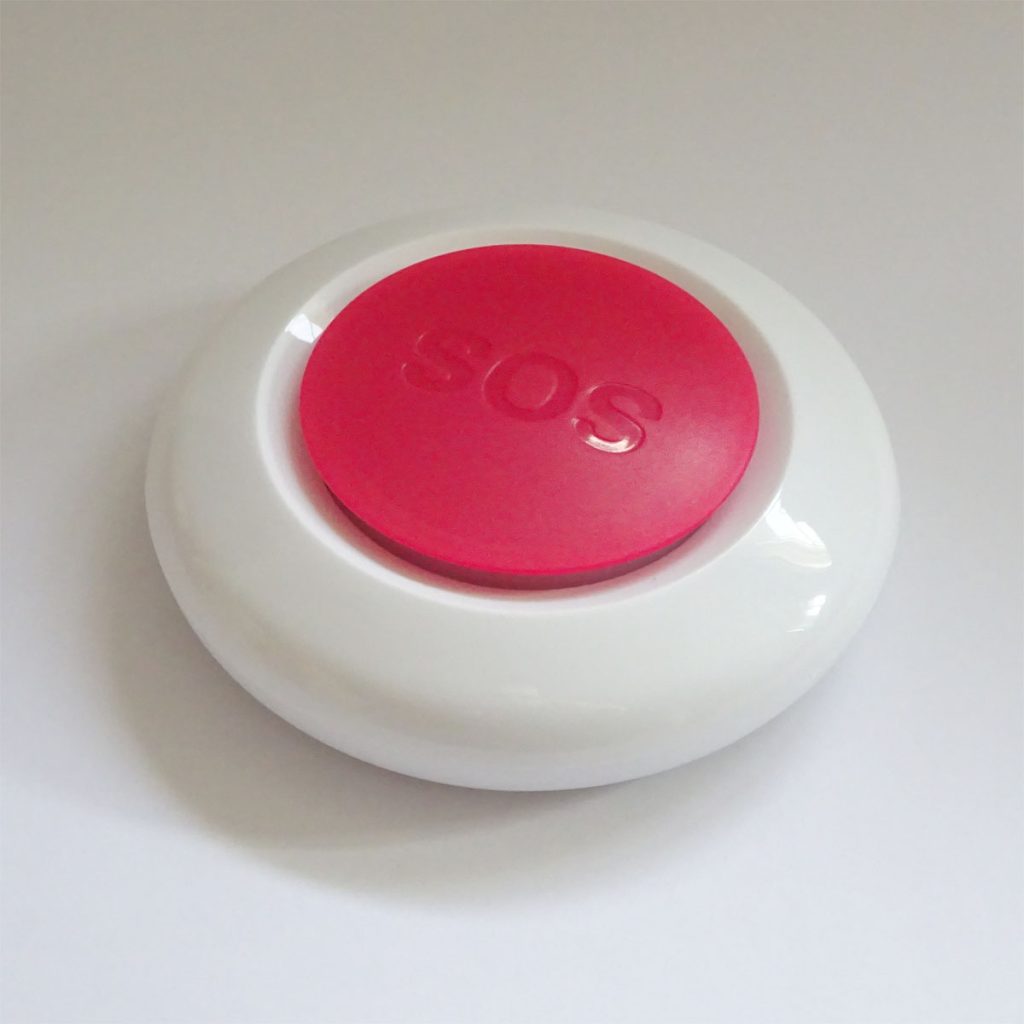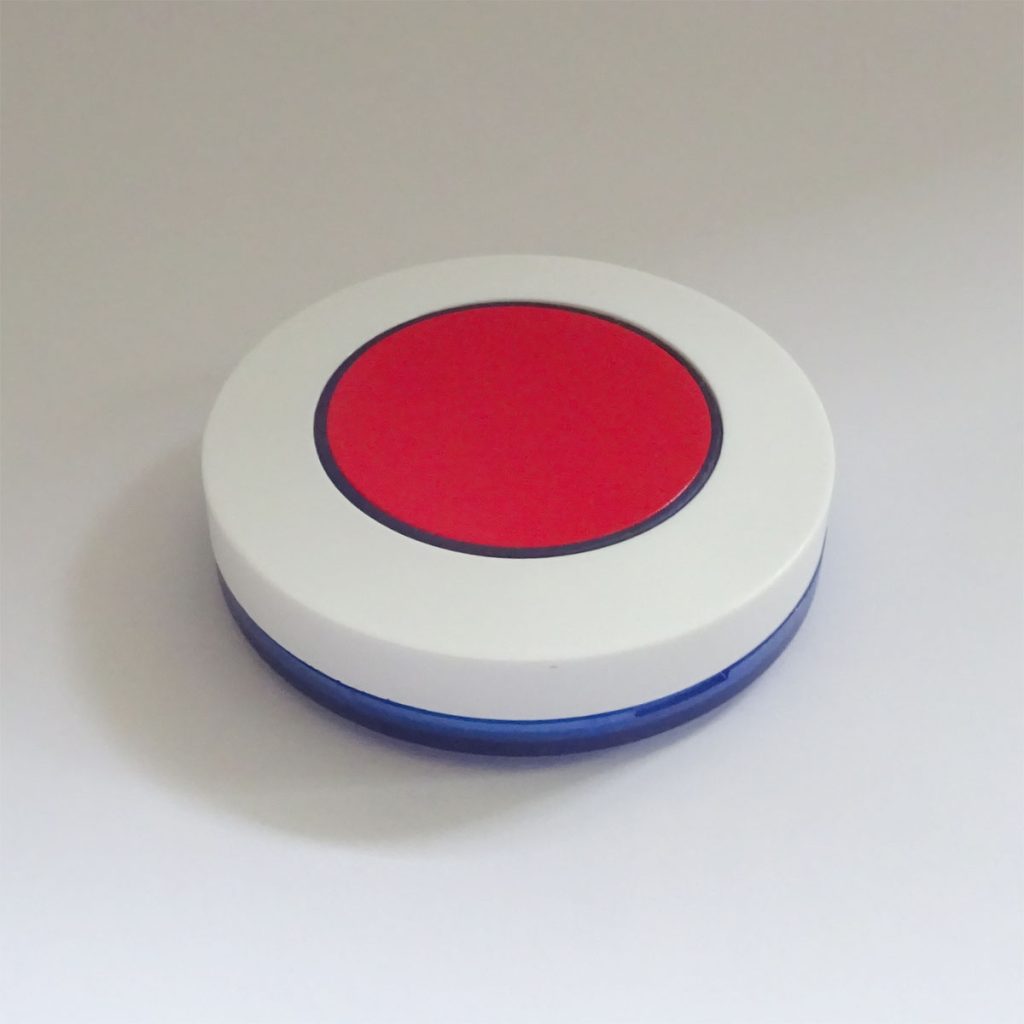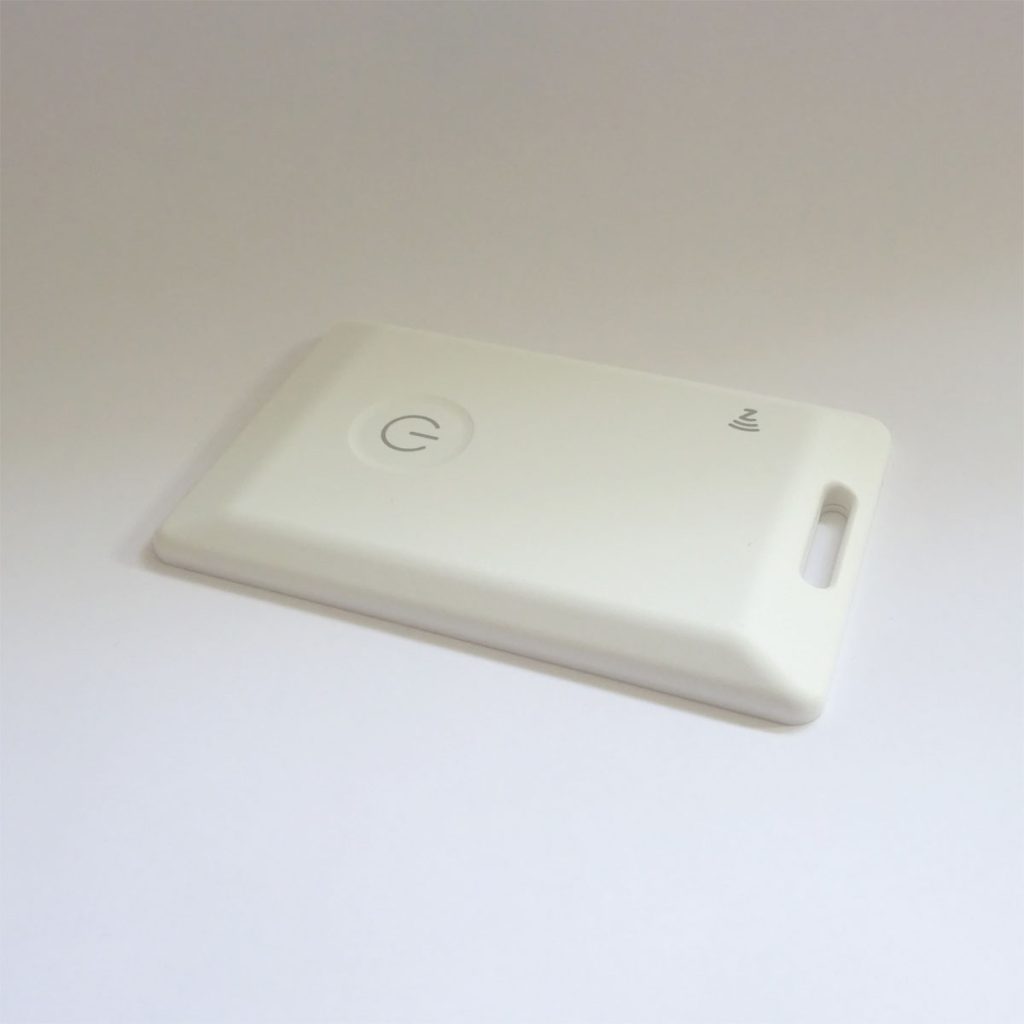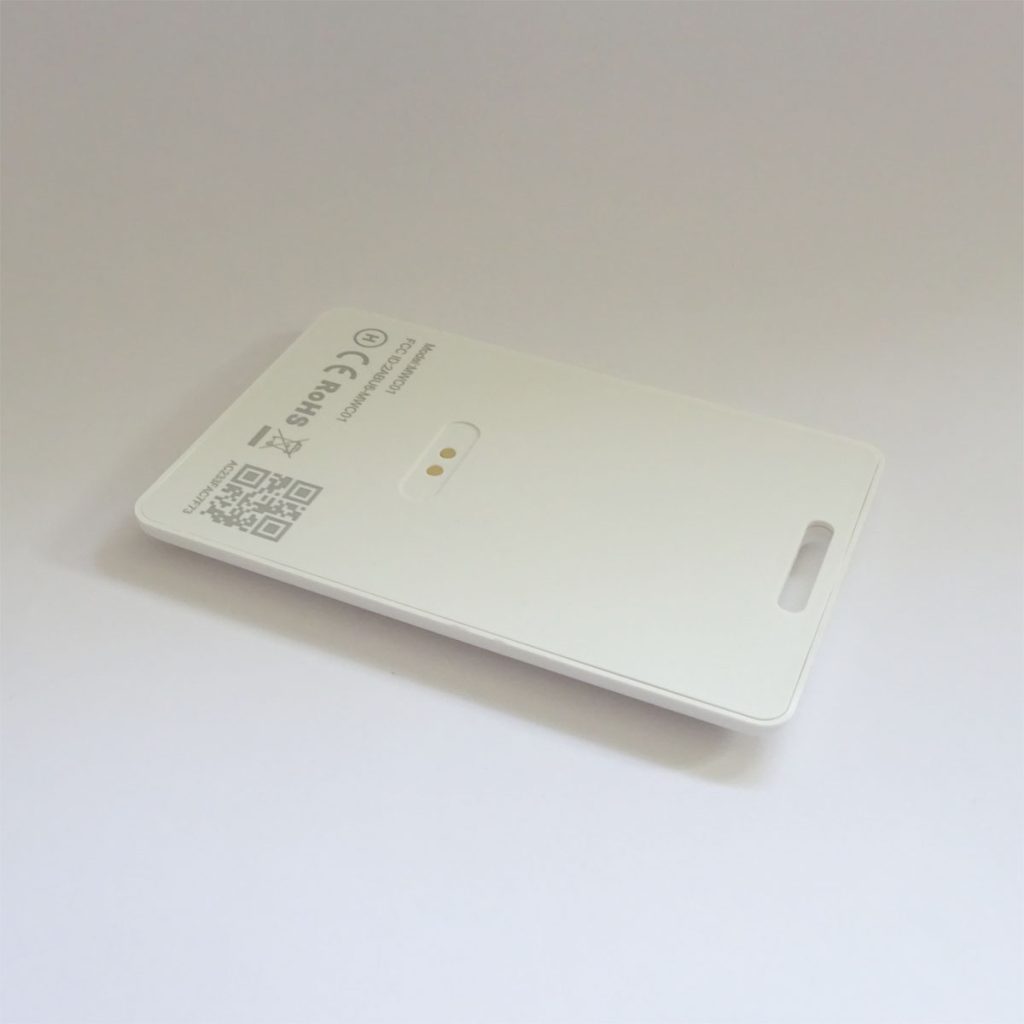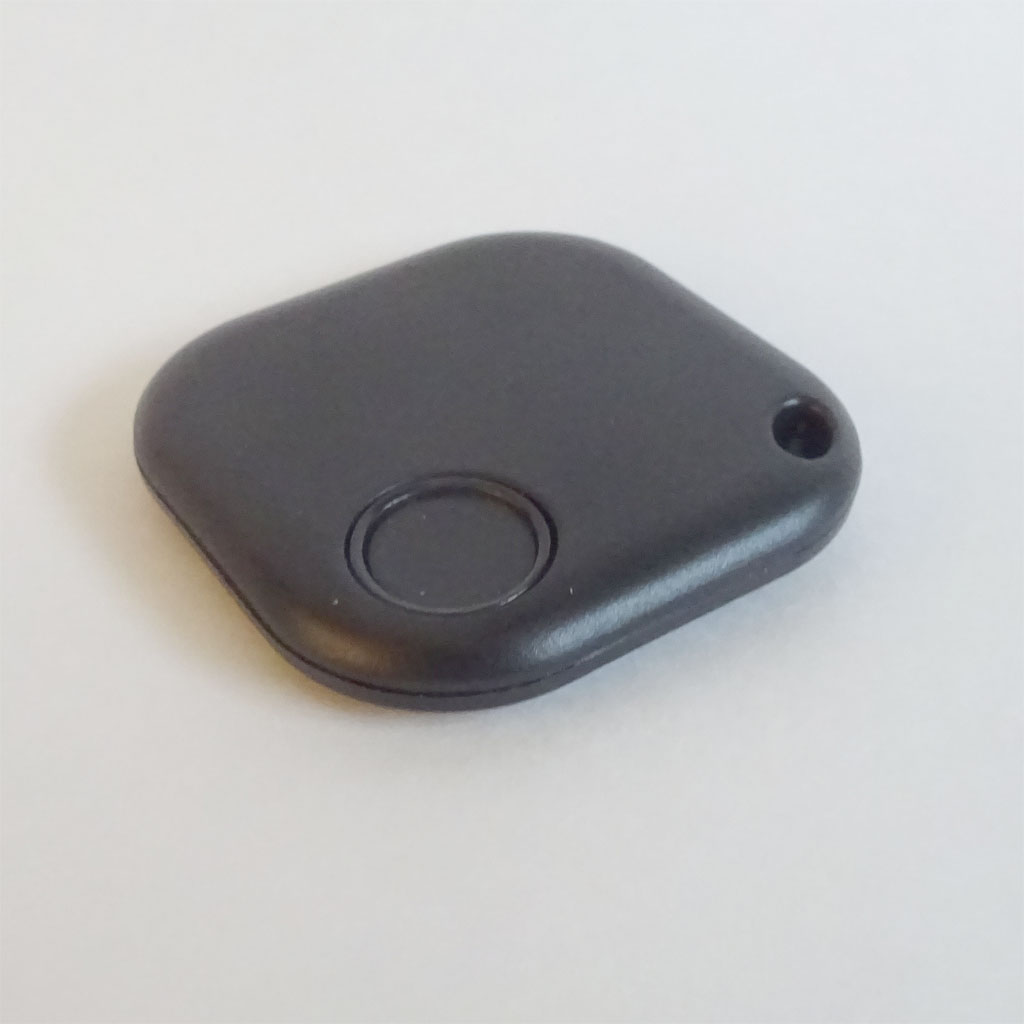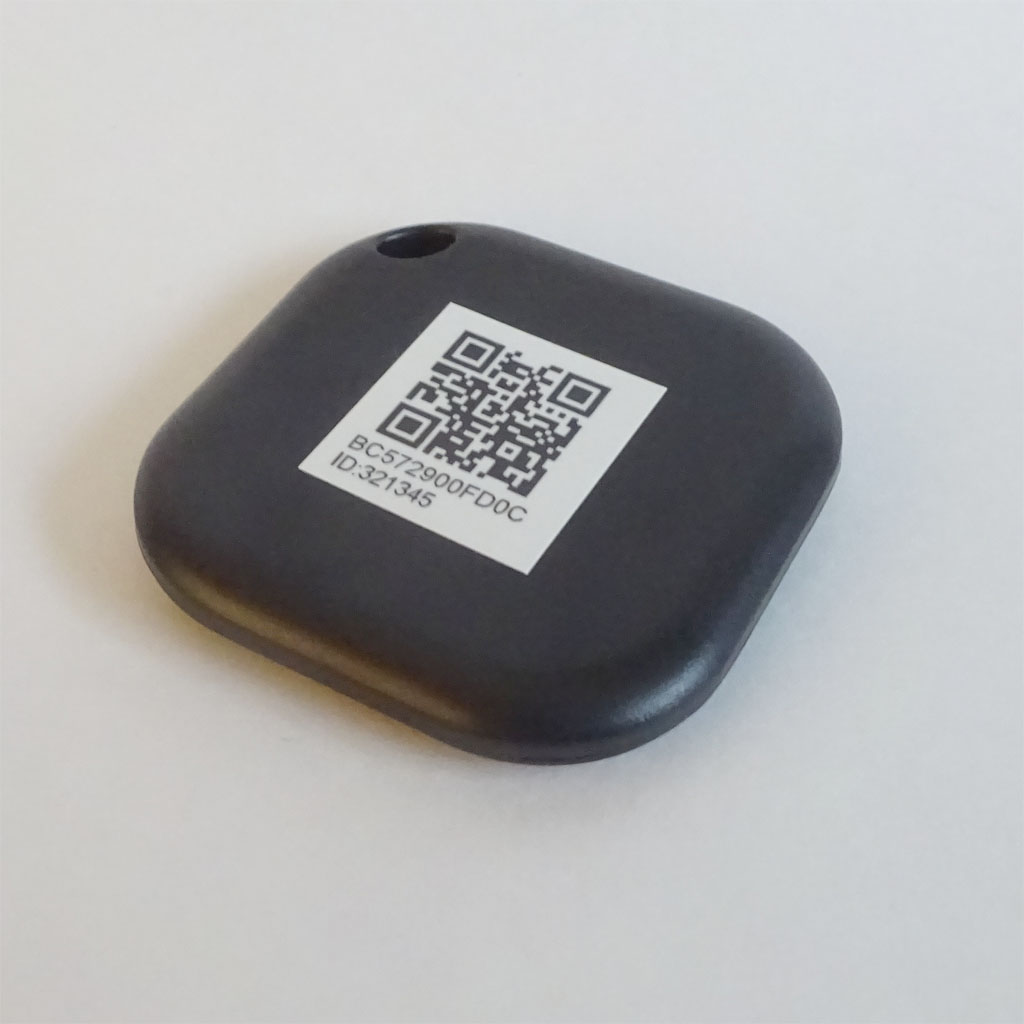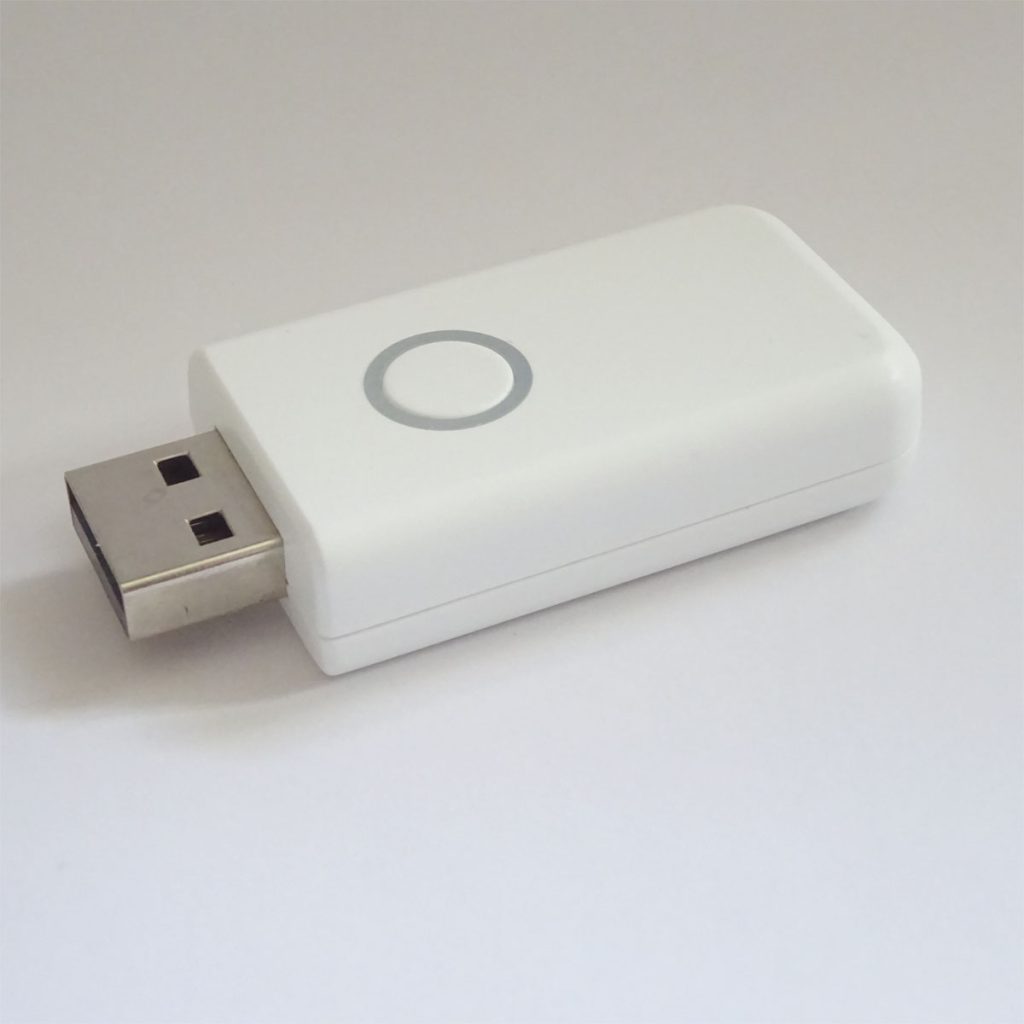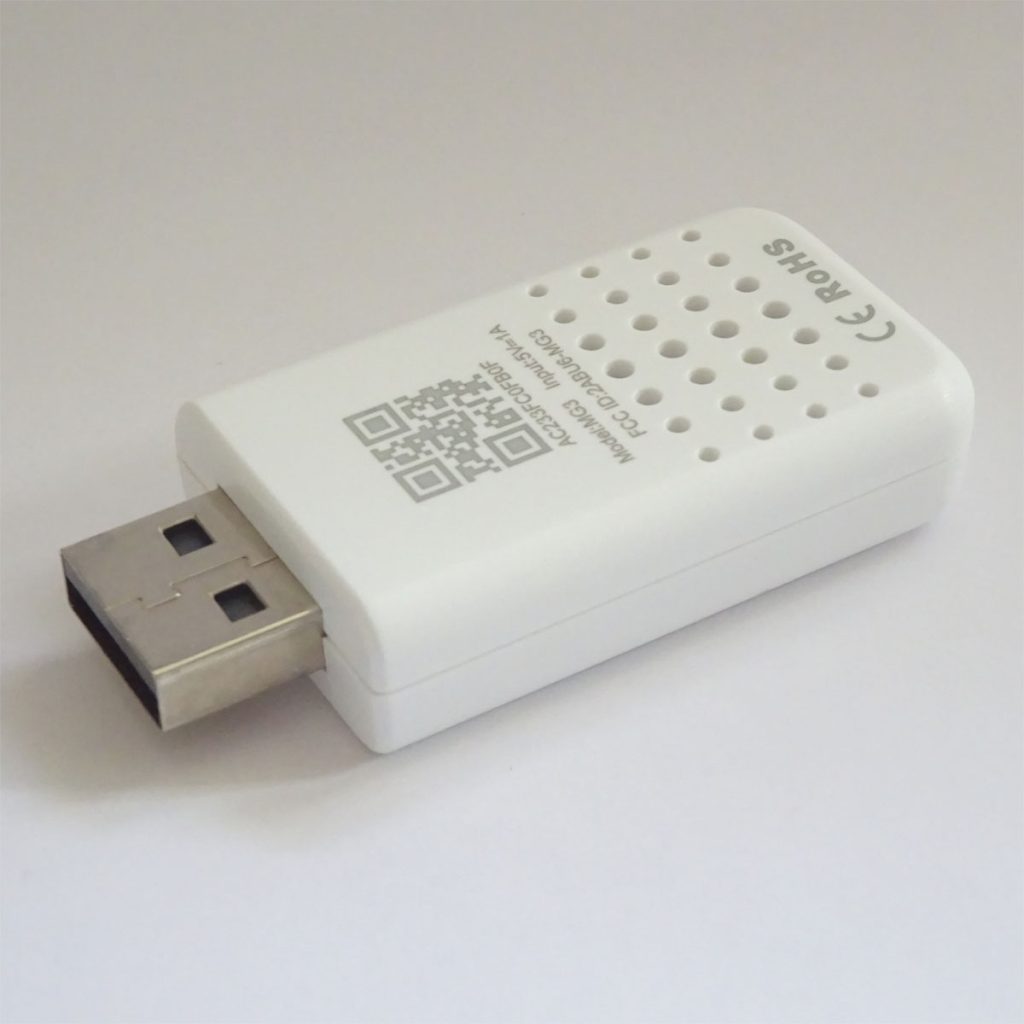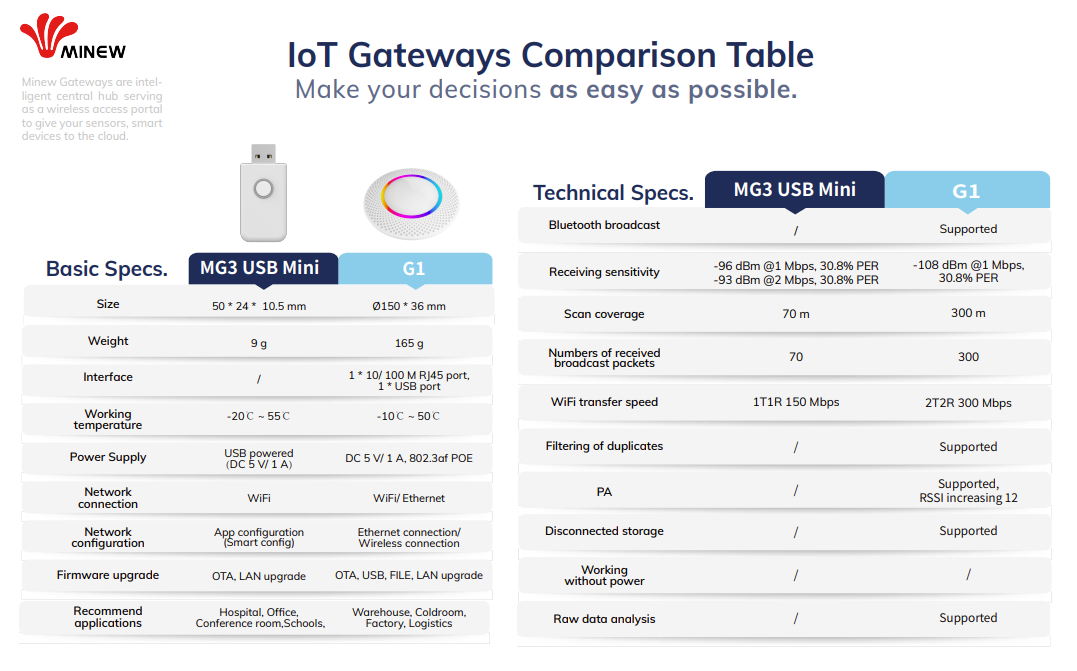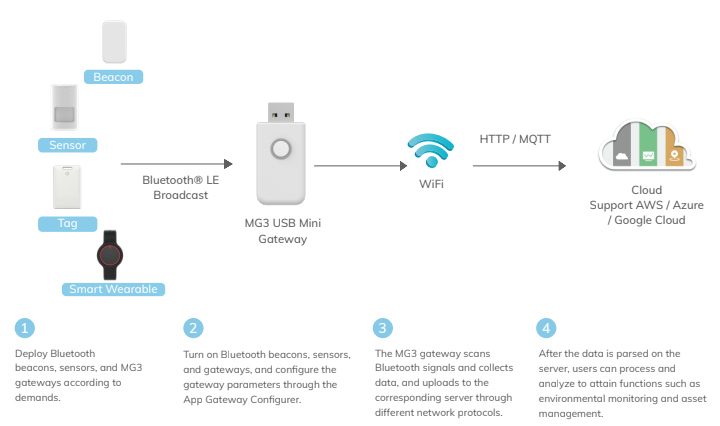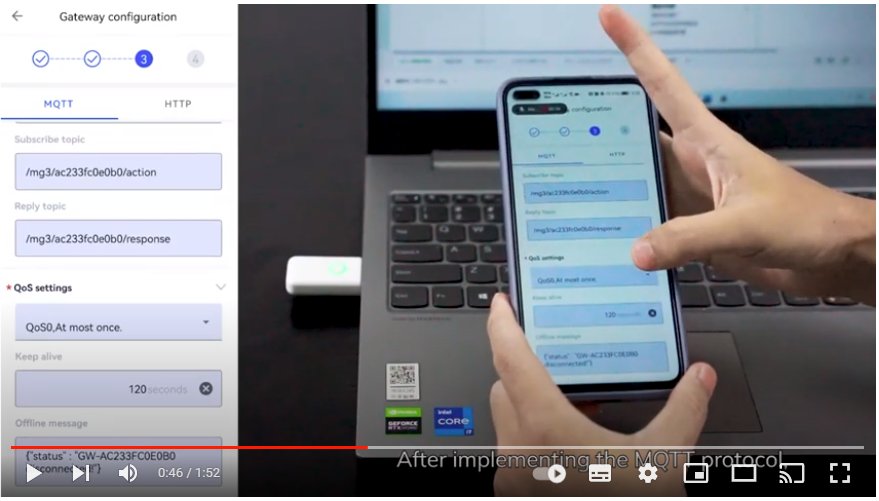We have four new KKM waterproof Bluetooth beacons in stock.
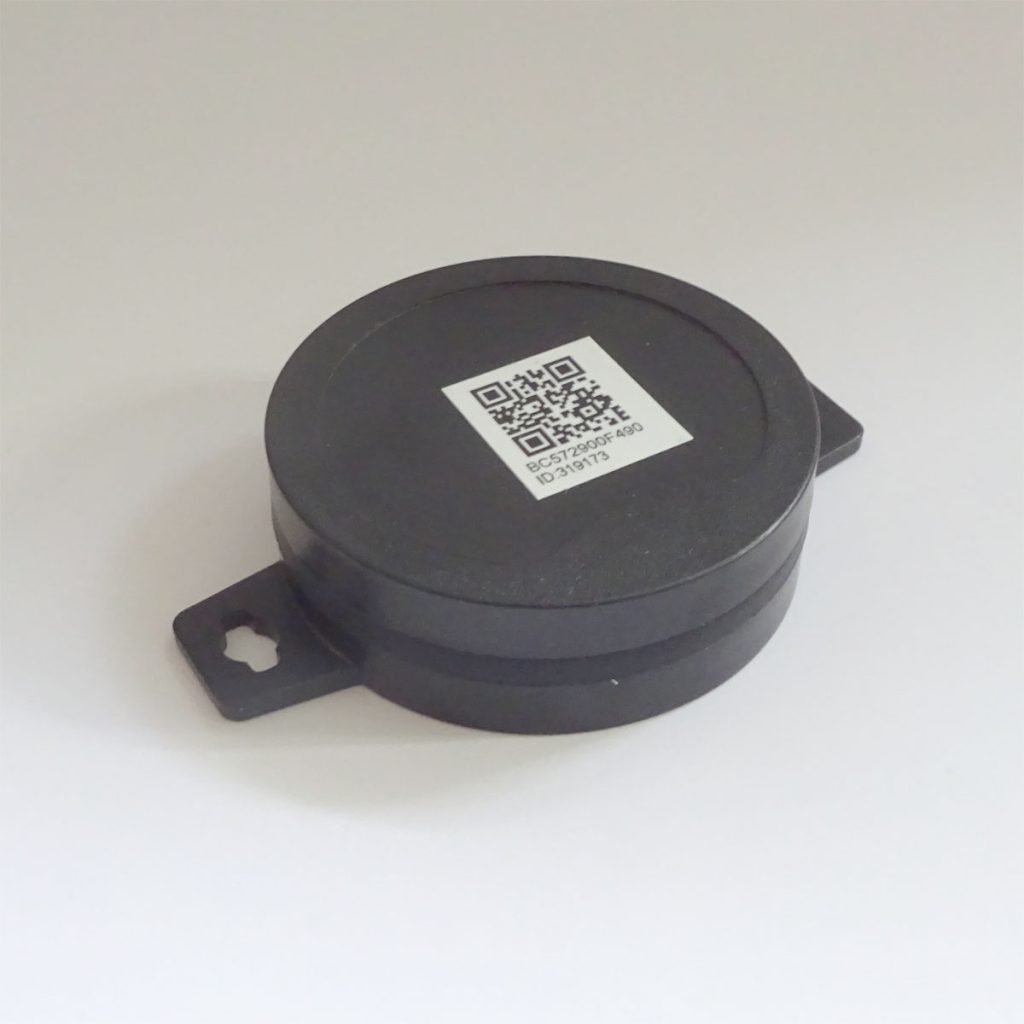
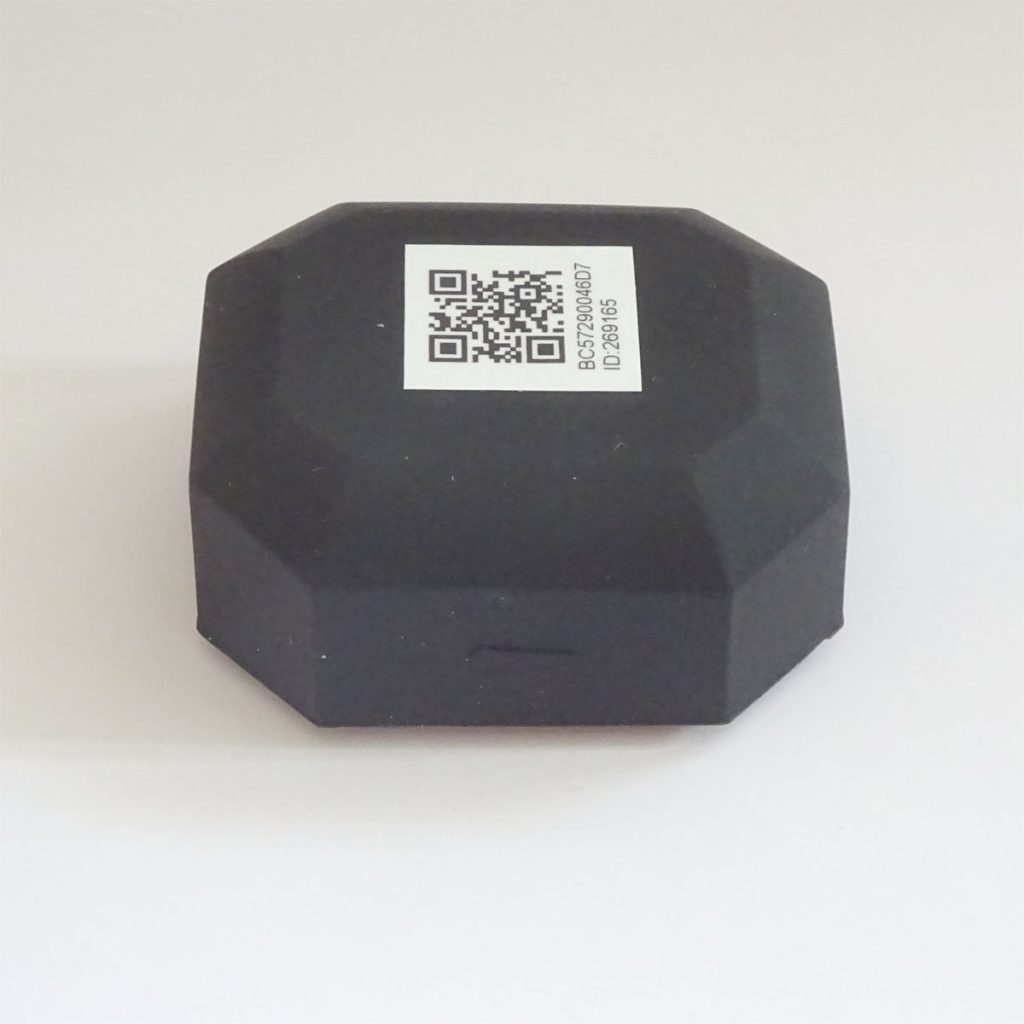
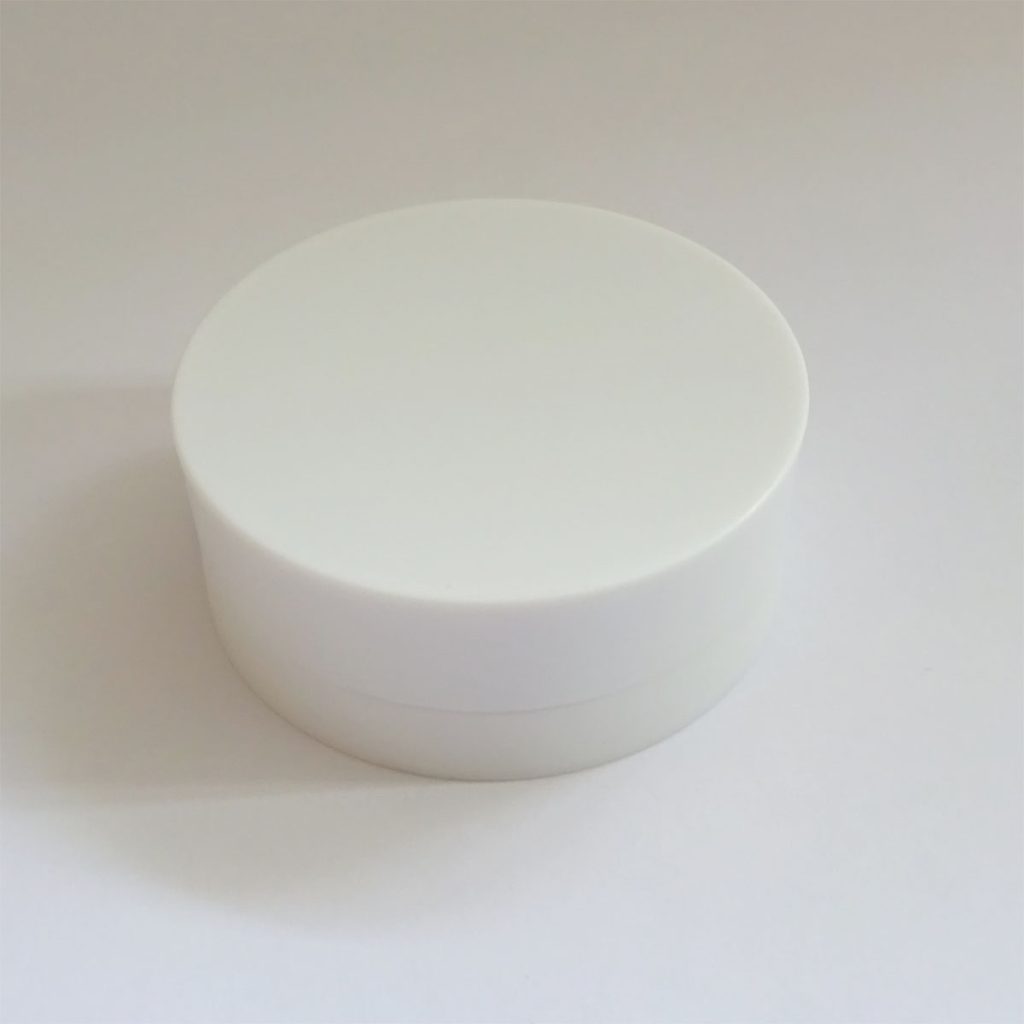
The K8 is different in that it has tags for screw fixing. It also has an on/off button at the side that can also be used for triggering.
The K3 is one of our most waterproof beacons with an IP68 rating. The silicon case allows pressing of an internal button that can be used for button triggered broadcast.
The K5 has a hidden on/off button inside the case and is waterproof to IP67.
The K3 and K8 and K5 also have an accelerometer that can be used for advertising x, y z or to set up motion triggered broadcast.
